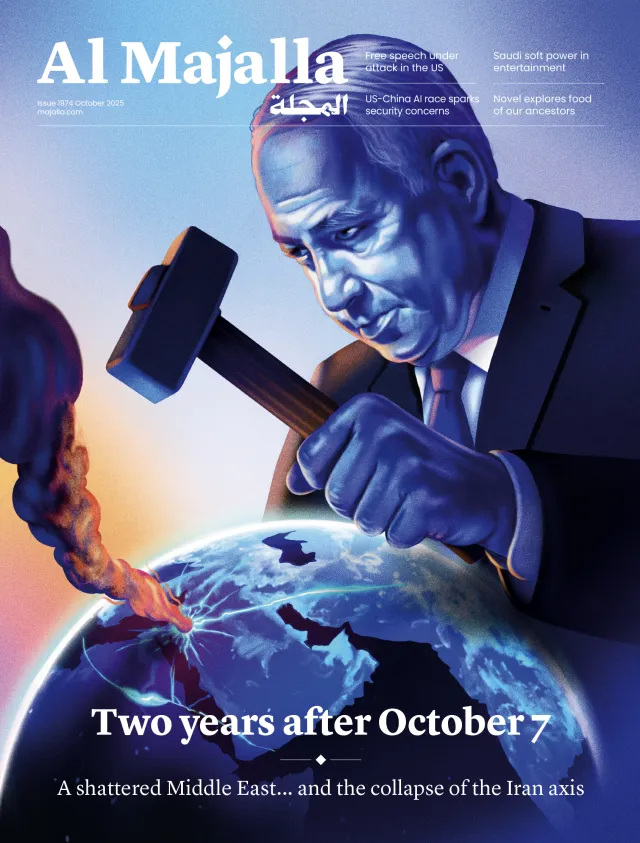On Thursday, a significant incident unfolded at a military academy in the central city of Homs, killing more than 90 individuals. During a graduation ceremony, the attackers reportedly utilised weaponised drones to target the heavily fortified military facility.
This event stands out as one of the deadliest and most well-coordinated drone operations against a Syrian military establishment. Despite its significance, no group has claimed responsibility for this attack, leaving its perpetrators shrouded in mystery.
The circumstances surrounding this incident and its occurrence deep within regime-controlled territory cast doubt on the possibility of opposition forces in northwest Syria orchestrating such a sophisticated assault.
However, what is evident is that the Syrian regime wasted no time using this event as a pretext to launch an extensive bombing campaign on the opposition-held enclave. This underscores Syrian President Bashar al-Assad's unyielding commitment to pursuing its war against civilians, regardless of the attackers' identities.
Syrian military speaks out
Following the attack, the Syrian military released a statement, asserting that the assault had been carried out using explosive-laden drones. It attributed the incident to "terrorist organisations" but refrained from explicitly naming the responsible group.




